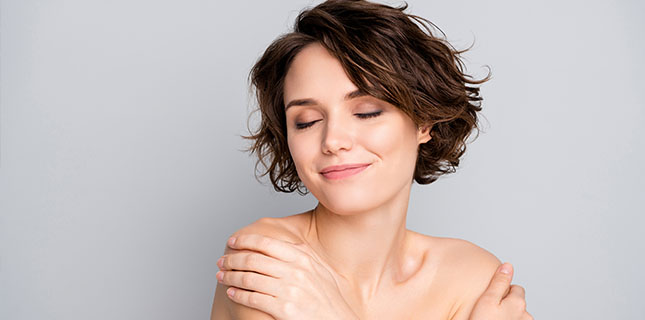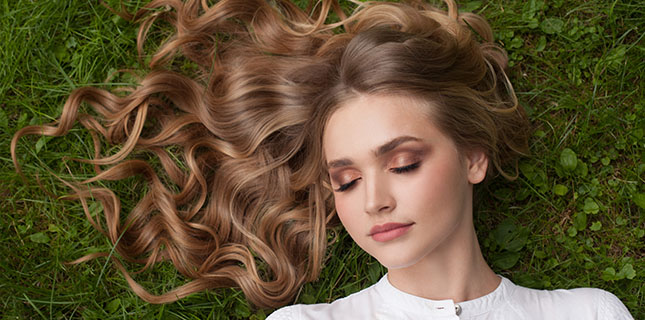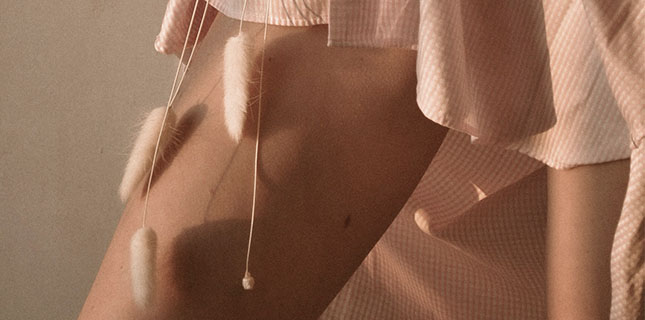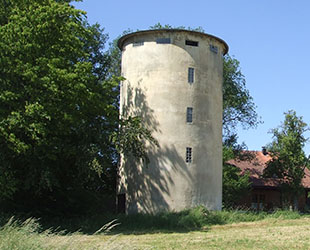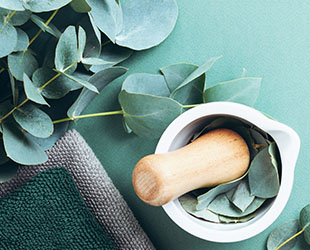Urea - a natural moisturiser also in natural cosmetic products
A unique active ingredient
Urea is a metabolic product that occurs on healthy human skin. It is one of the so-called natural moisturising factors (NMF) of the skin and can be found in healthy skin in a proportion of about 7 %. Urea improves the water-binding capacity of the skin. It is hygroscopic, which means that it attracts moisture from the air and binds it, thus moisturising the skin.
In case of neurodermatitis, psoriasis and dry skin, the urea content of the skin is sometimes greatly reduced. In the skin of patients affected by neurodermatitis, the urea content is reduced by up to 70 %, in damaged skin areas even by up to 85 %. As a result, neurodermatitis skin is missing an important part that provides the skin with moisture. The lack makes it necessary to apply urea to the skin from the outside, thus combating the deficiency and regulate the balance.
Origin
Urea is also found in human urine and also in sweat. For a long time, it was partly denigrated - it was suggested that urine was used in the corresponding urea-containing products. This is of course incorrect, urea has been produced synthetically for a long time and does not contain any components of human or animal urine and is therefore absolutely hygienic. The synthetic production of urea represents a milestone in biochemistry. As early as 1828, the German chemist Friedrich Wöhler synthesised urea for the first time from exclusively inorganic substances. Today, urea is not only used in medical cosmetics, but also in pharmacy and medicine.
Various opportunities to be used in cosmetics and medicine
The effect of urea in cosmetics and medicine depends on its percentage in the respective product. At a dosage of up to 10 %, urea has the moisture-binding effect already described, i.e. exactly what neurodermatitis patients expect from it. At concentrations of up to 20 %, urea has a keratoplastic effect and is used to reduce calluses, especially in the foot care. Urea concentrations above 20 % have a corneal dissolving effect and are mostly used in combination with medicinal substances against fungal infections in the area of the toenails or fingernails, because urea softens the nails so much that the added medicinal substance can penetrate and fight the fungus.
Use of urea for neurodermatitis
In neurodermatitis preparations, the proportion of urea is usually limited to 10 %. It occurs in all possible gradations and is usually combined with other active ingredients (such as glycerine) in order to make the skin bind more water. In a study, it was found that a combined preparation with urea and glycerin surpassed the use of urea or glycerin alone in its hydrating effect. With an application concentration of approx. 10 % urea, an antipruritic effect is also produced.
The strength of the moisturising effect of urea also depends on the formulation. Urea dissolved in an oil-water formulation offers quick help. However, its effect is not very strong. When used in a water-oil formulation, the effect is less rapid but more uniform, which means that the moisture-binding function lasts longer.
The use of urea is harmless because it is a very well-tolerated active ingredient that neither has allergy potential nor can resistances form that could weaken the effect over the treatment period. Urea is therefore also suitable for long-term treatment.
Unique combination with the lacto-intensive active complex
The effect of urea in our products is additionally supported by the lacto-intensive active complex. The complex is gained from organic whey and further normalises the skin's flora and acid mantle. Furthermore, ingredients such as natural lactic acid, essential amino acids and trace elements ensure improved regulation of the moisture balance of damaged skin.
BIOTURM products with urea:


